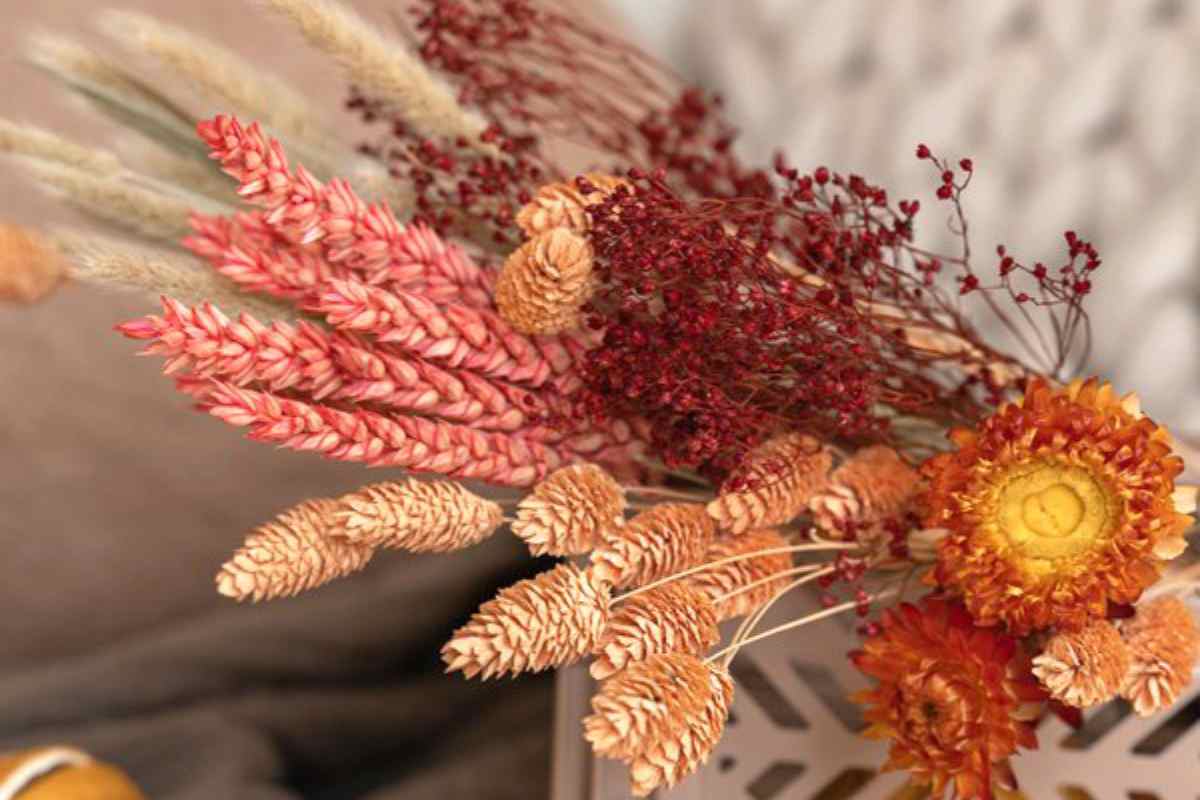
Preserving Your Garden’s Beauty with Dried Flowers
Have you ever wished your spring, summer and fall blooms could last forever? Fresh flowers are undoubtedly beautiful, but they have a limited lifespan. Fortunately, you don’t have to say goodbye to blooms when they begin to wilt and fade. Capture the beauty of the blossoms and extend their lovely lives for seasons to come! Dried flowers are long-lasting, adding a magical touch to your home.
Table of Contents
Dried Flowers Favourites
Lavender
Have you ever found yourself walking through a garden of lavender, surrounded by its sweet smell and enchanting colours? It’s an experience that calms and rejuvenates the senses and with ease, you can bring it into your own home by drying lavender. Lavender is a versatile flower and a gorgeous decorative addition, utilized in numerous things like making lavender sachets, baking, and soothing essential oils. The most popular varieties of Lavendula for their signature fragrance are Grosso, Hidcote and Munstead. They retain their natural colours when dried and they have a high oil content that means a longer-lasting scent. Lavender is also well-known for its calming properties. The natural scent of lavender alone is enough to soothe anxiety and stress levels, acting as an easy and natural aromatherapy solution in your home.
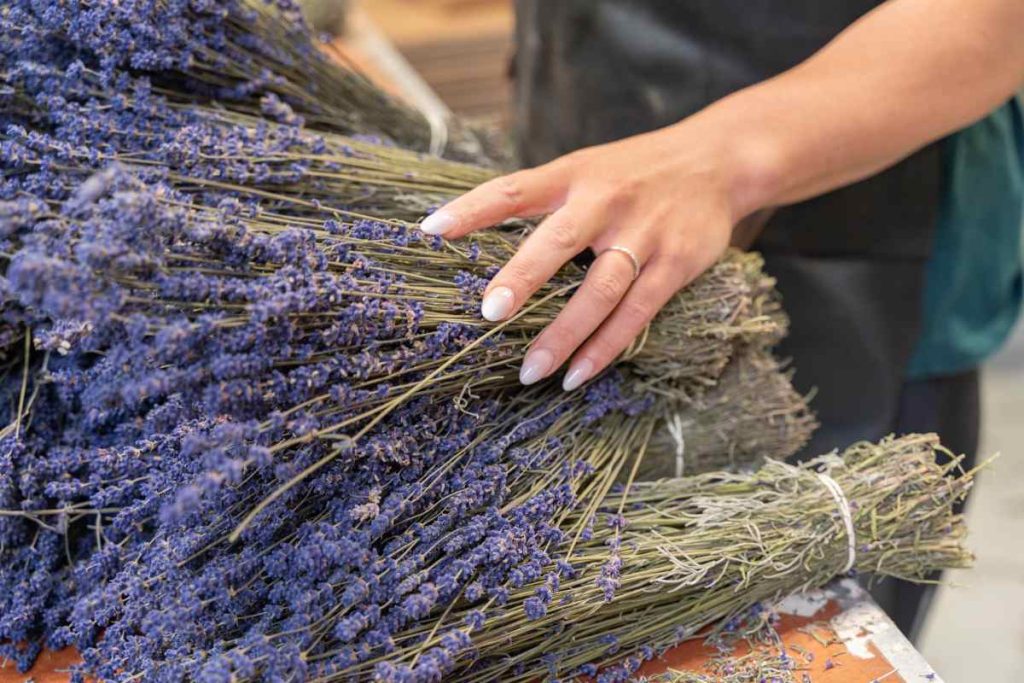
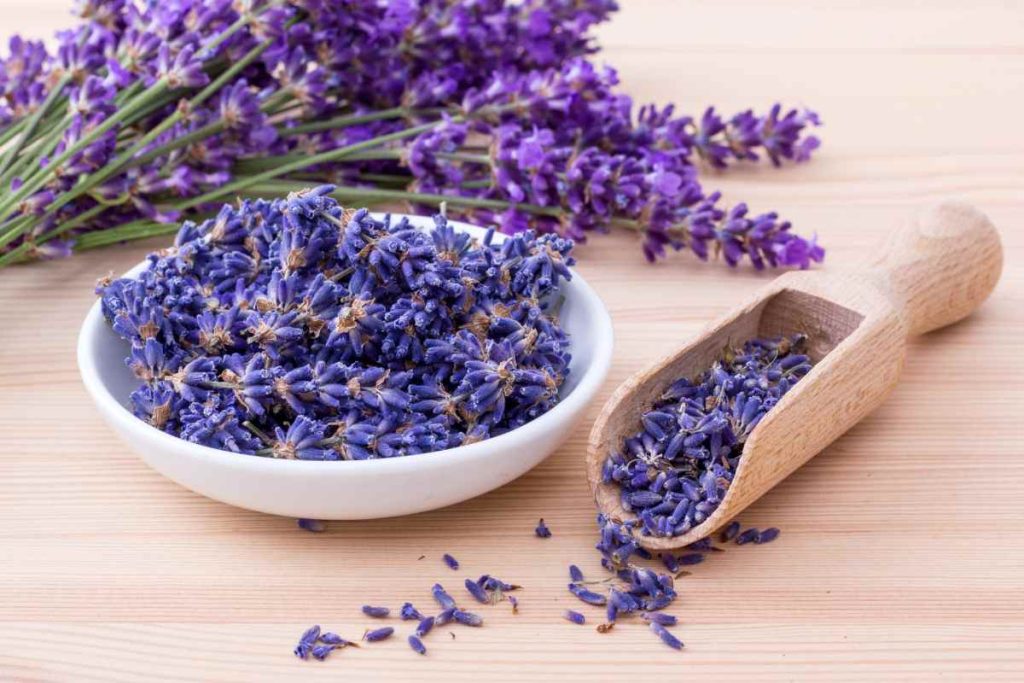
Roses
Roses are a classic flower, and dried blooms retain their signature fragrance. Dried roses not only offer a beautiful and long-lasting decoration but also a summer-fresh fragrance that can fill up any room. Roses come in various sizes, shapes, and colours, and their scents can be euphoric. Dried roses, in particular, offer not only a visually appealing decoration but also a lasting fragrance that makes them a wonderful addition to bath bombs and soaps.

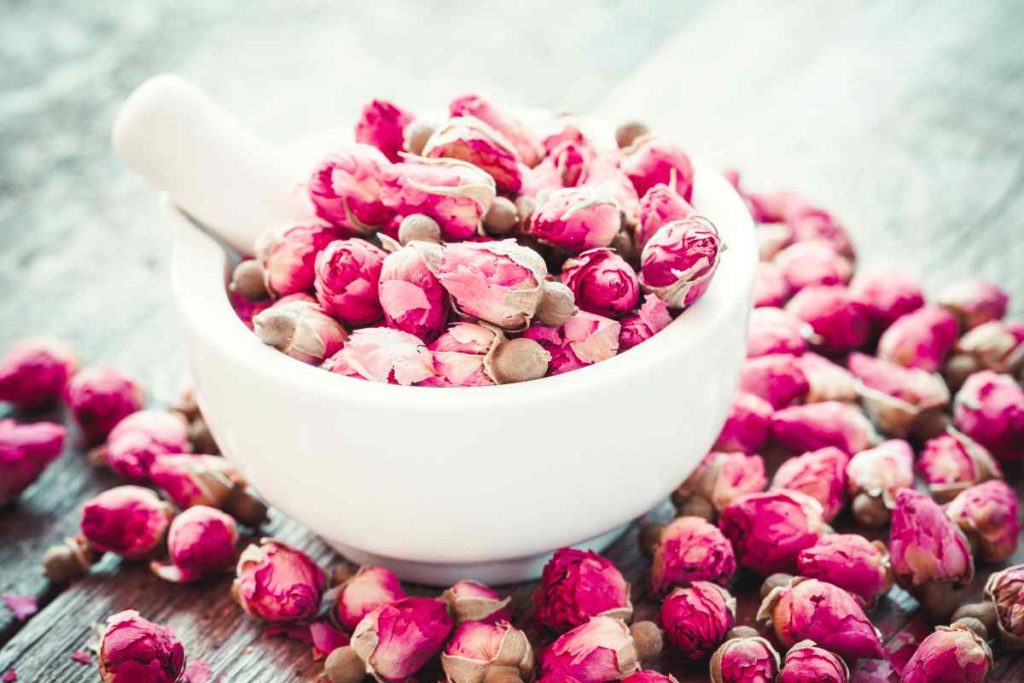
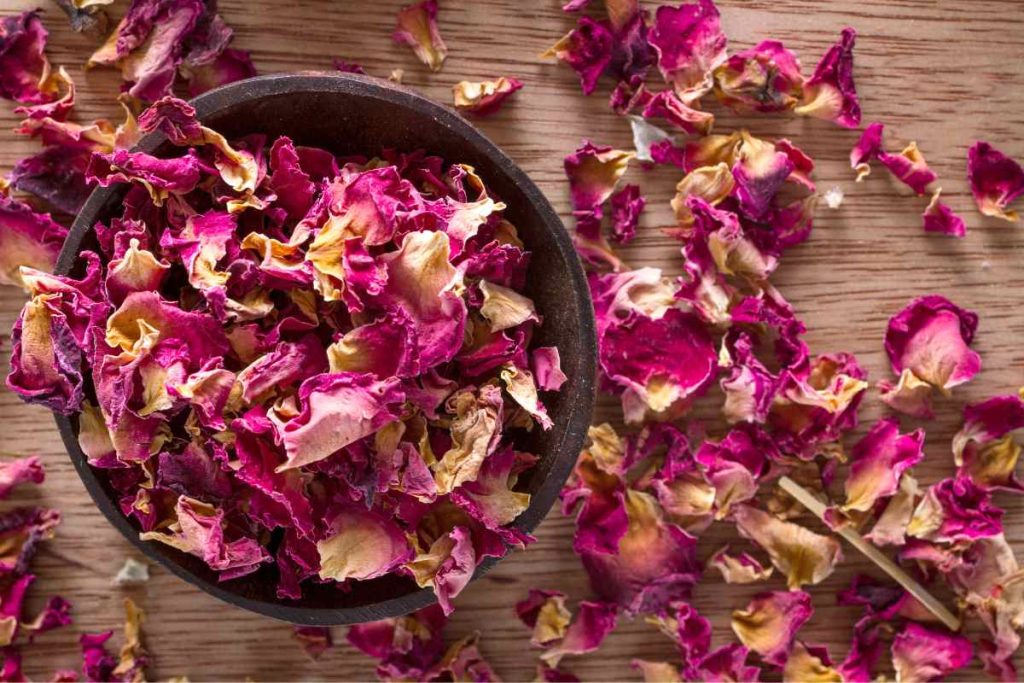
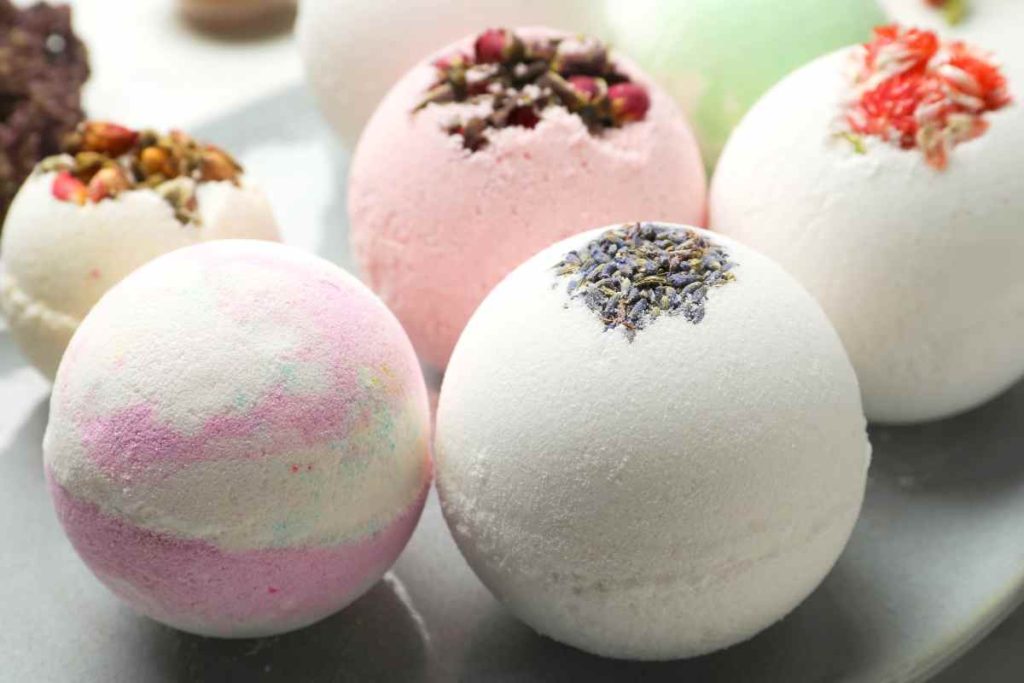
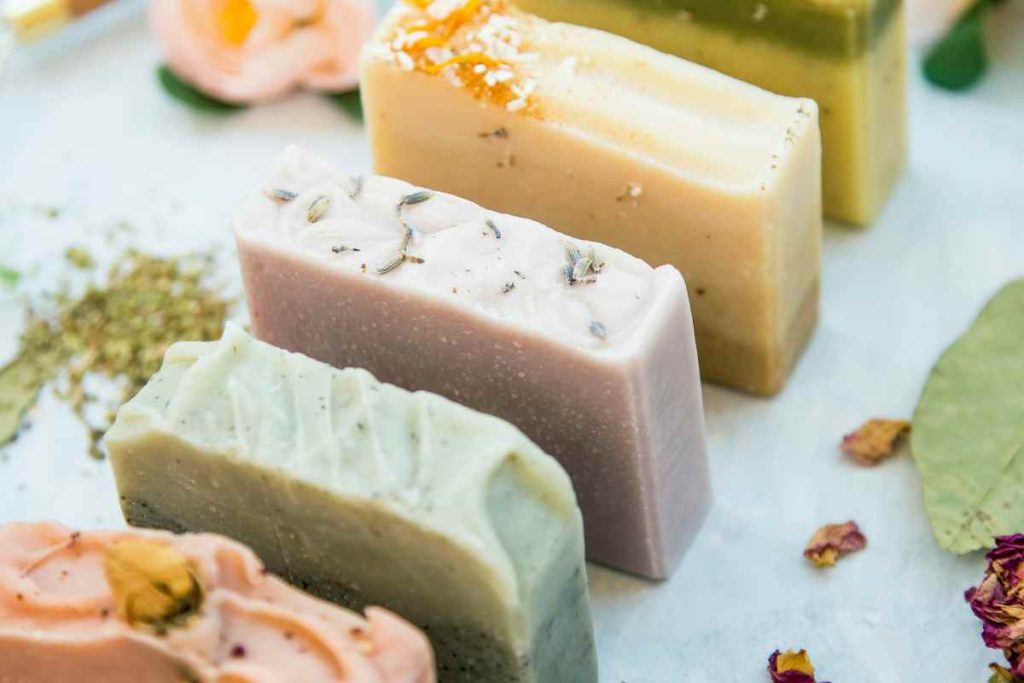
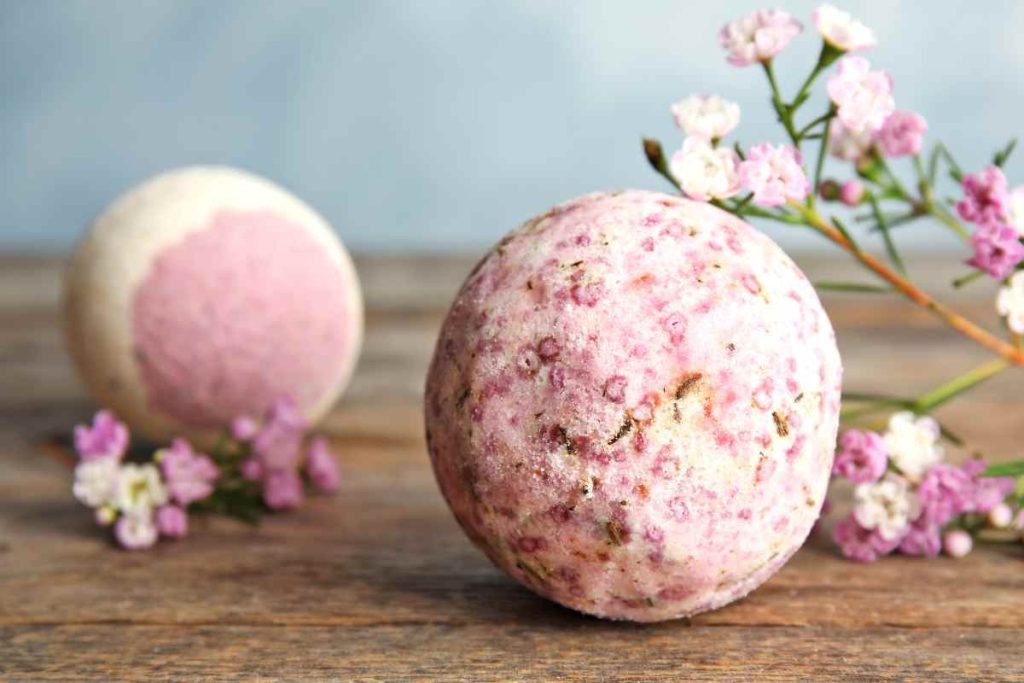
A rose variety which is great for drying is Gertrude Jekyll. This rose is known for its strong, beautifully balanced old rose scent and its deep pink colour. It has a long flowering season from late spring to early winter, which means that there is ample time to dry and enjoy these flowers. Gertrude Jekyll boasts large blooms with 80 petals per bloom that look beautiful when dried and can add a touch of charm to any floral arrangement.
Munstead Wood is a rose variety that produces fragrant, deep crimson blooms. This rose’s sweet old rose scent lingers even after it has been dried. It is a bushy shrub with glossy dark green foliage and can be pruned to a smaller size for indoor arrangements. Munstead Wood blooms from summer to fall, making it easy to harvest for drying.
Graham Thomas has yellow, cup-shaped flowers and a strong, citrus and tea fragrance, which are perfect for drying. As a continuous bloomer from spring through fall, you will have many days to enjoy this rose both inside and out! The petals hold their shape well when dried, making it perfect for arrangements.
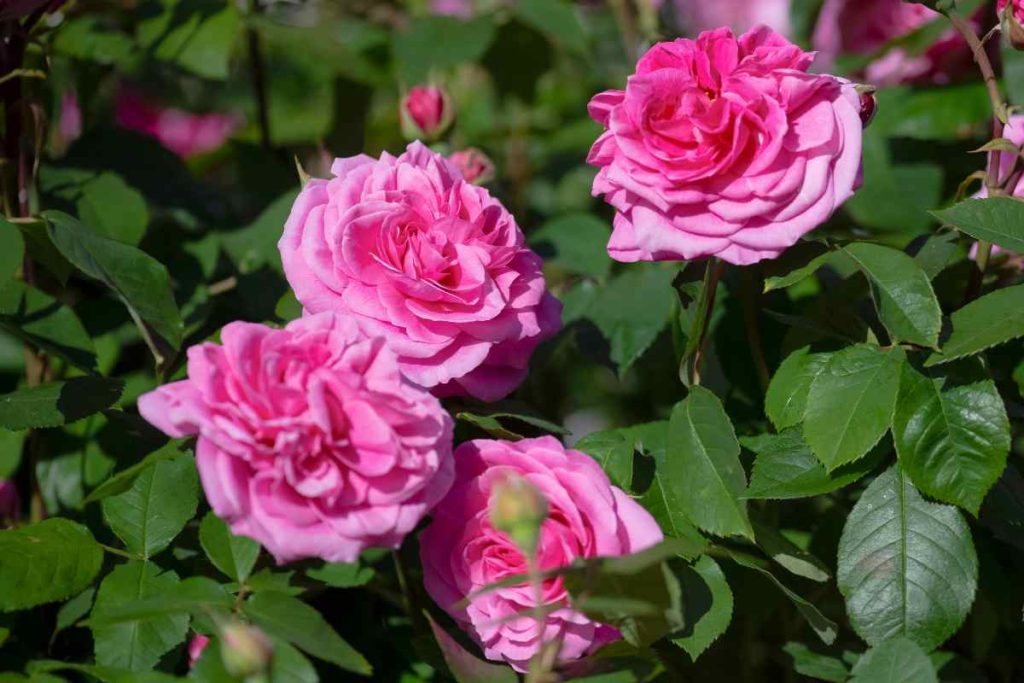
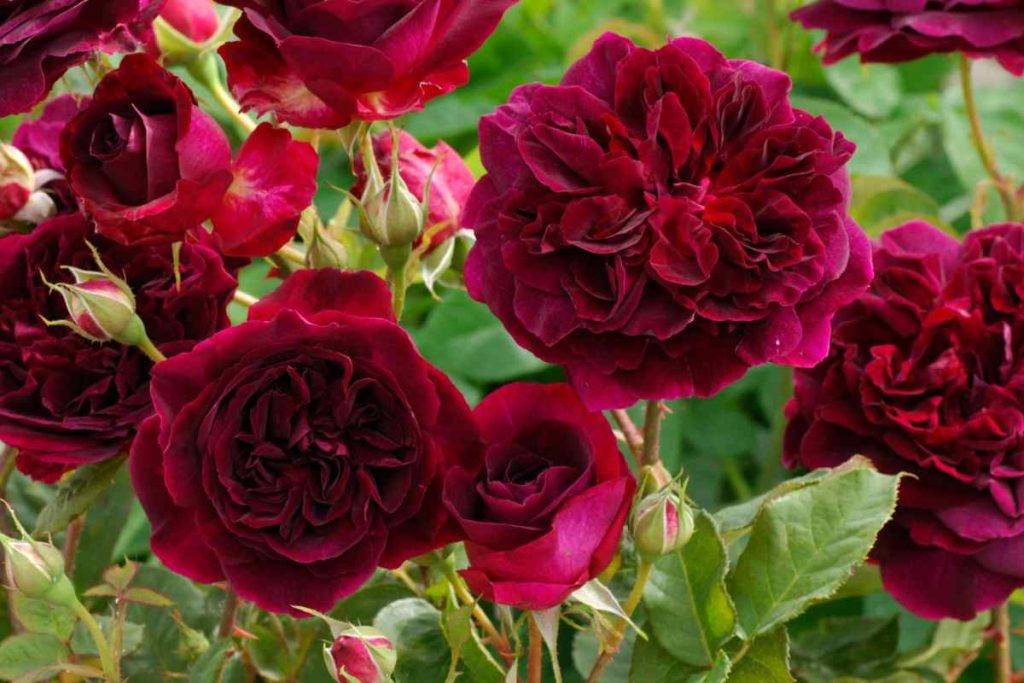
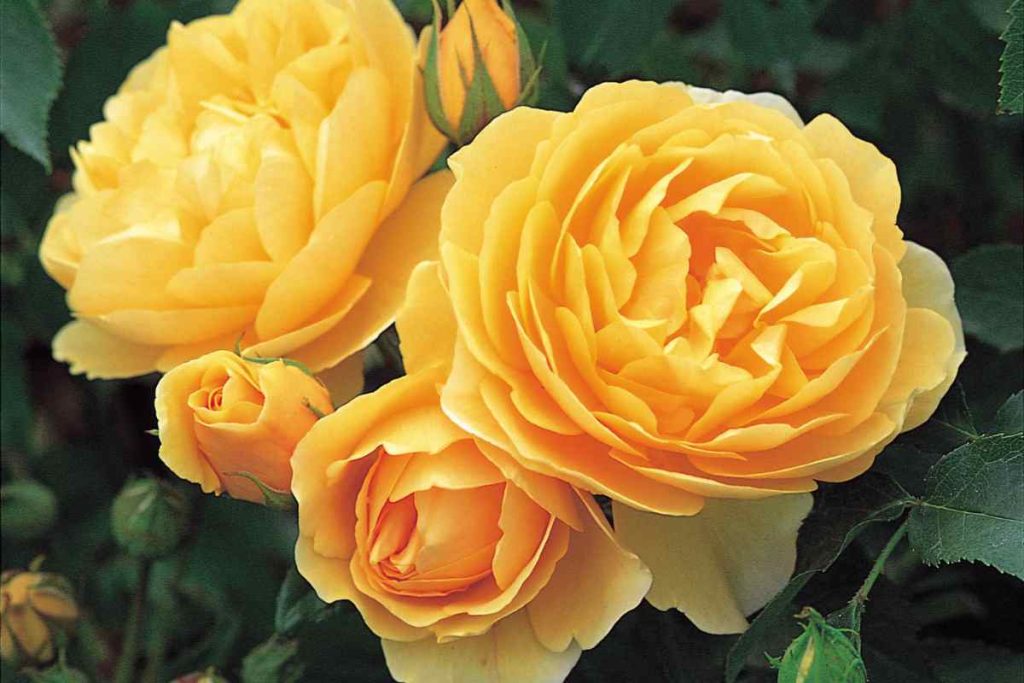
Hydrangea
Hydrangeas are stunning in their natural form and are perfect for drying because they have thick petals that retain their shape and colour. The best time to cut hydrangeas for drying is in late summer or early fall when the blooms are mature but not yet wilted. Many varieties of hydrangeas have blooms that change colour in the fall, be sure to keep an eye out for just the right colour blend. Choose blooms that have just started to fade and cut them from the stalk with about 12-18 inches of stem attached. Avoid blooms that are too young or ones that have already started to wilt as they will not dry properly.
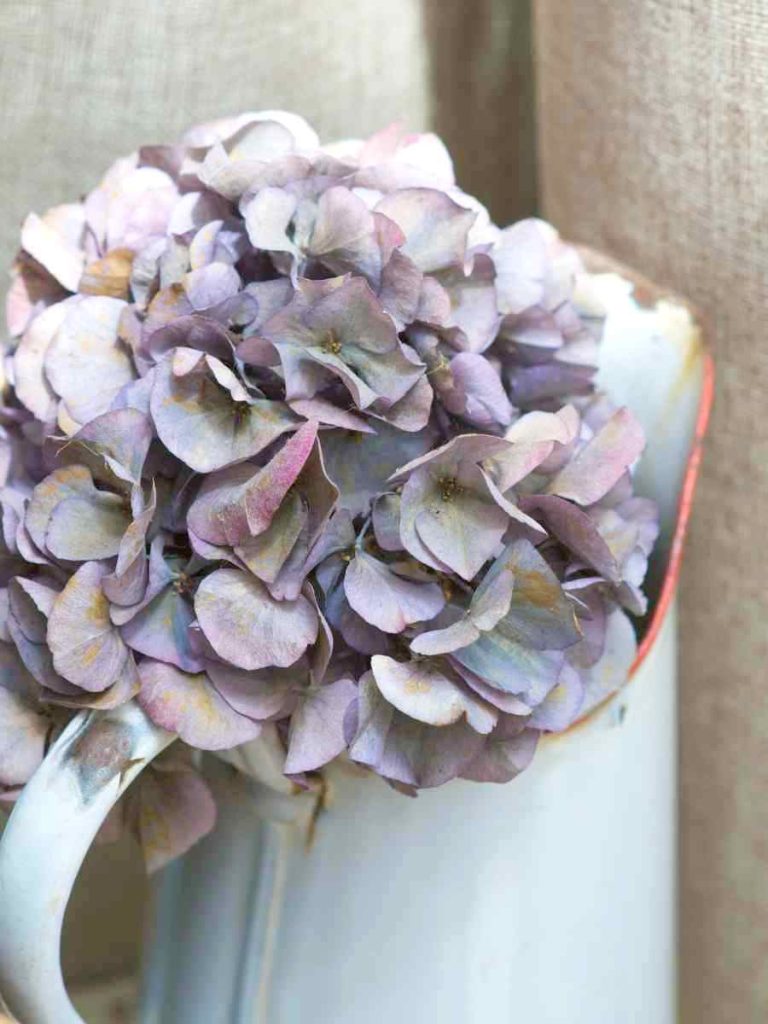
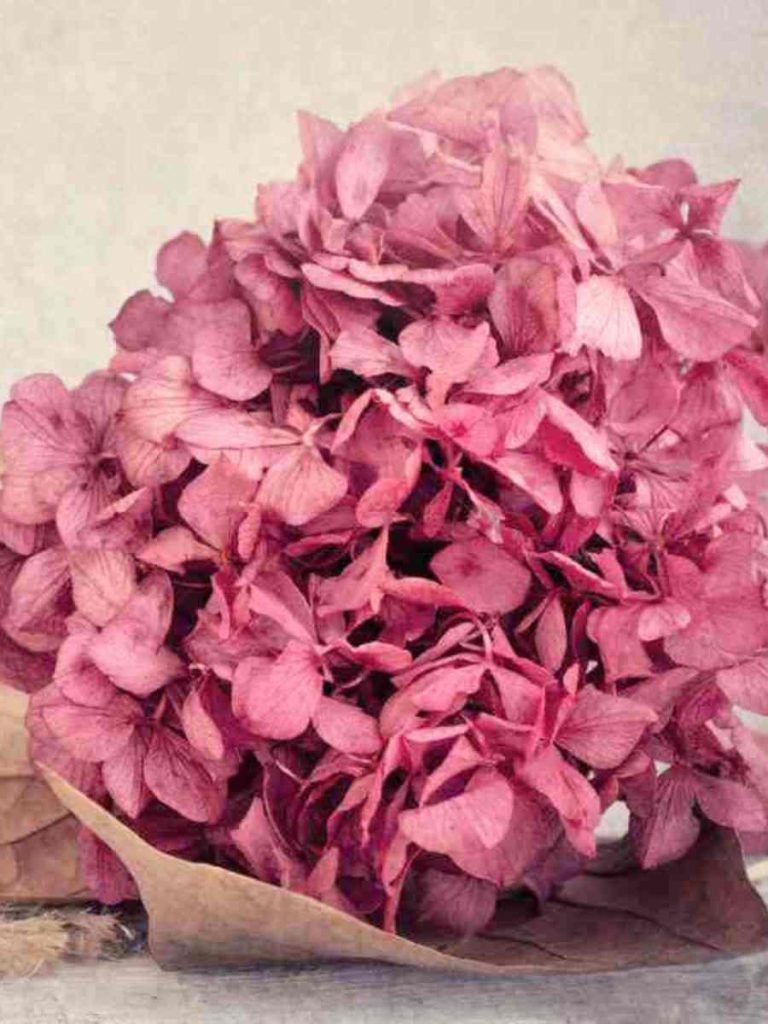
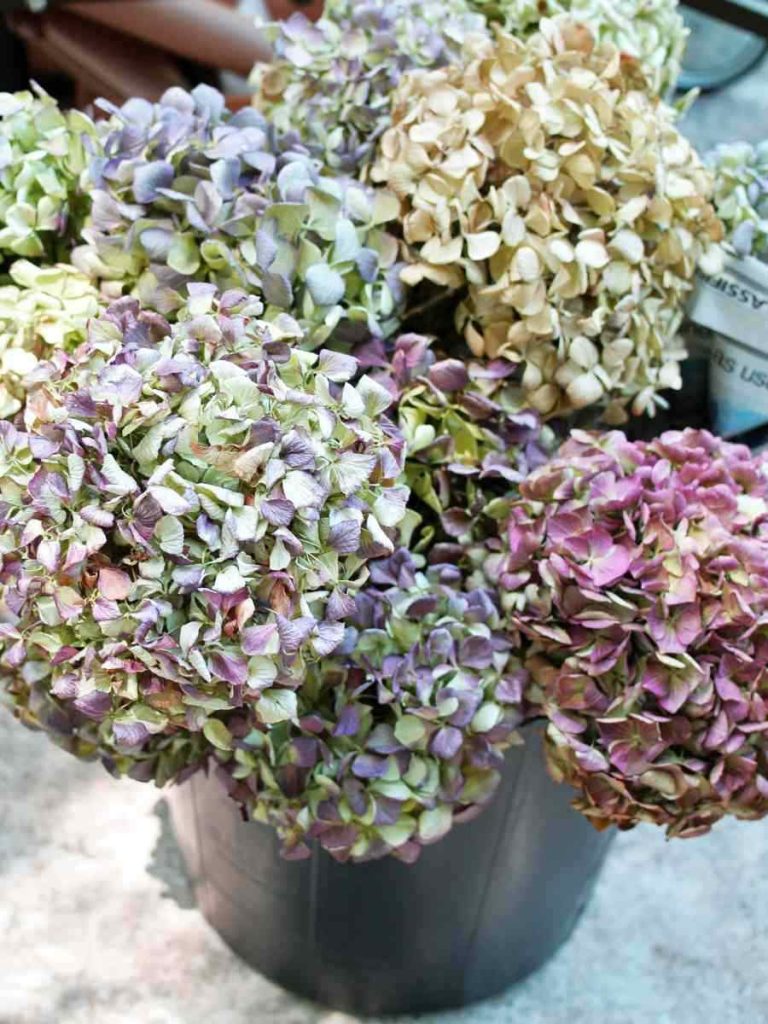
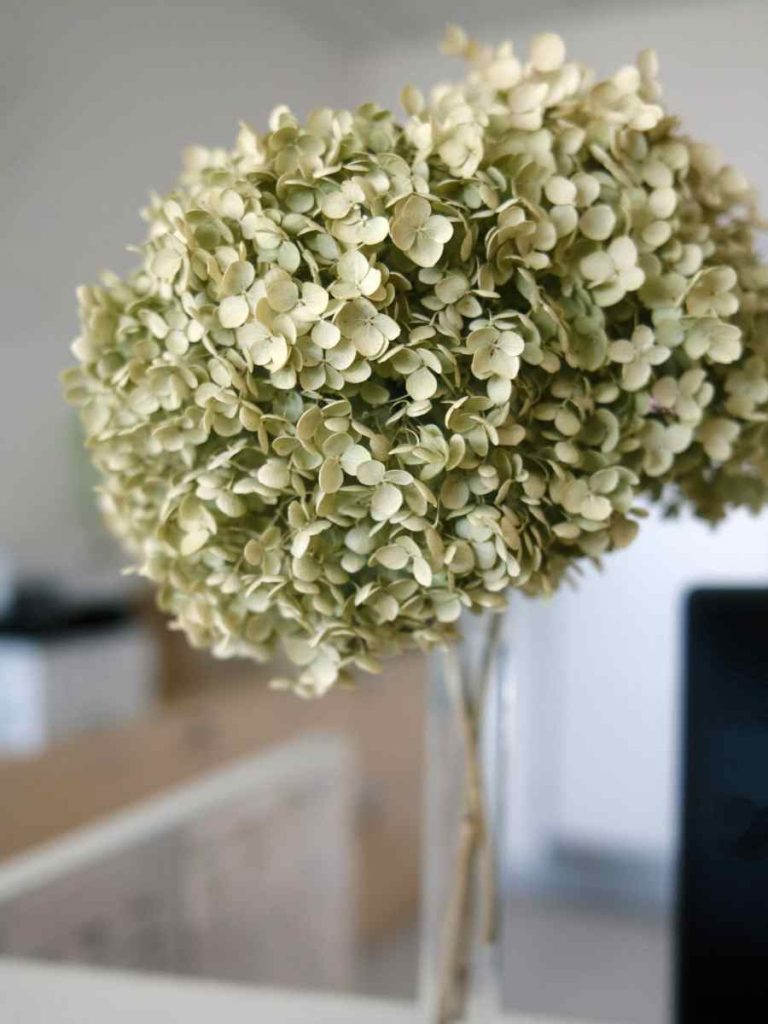
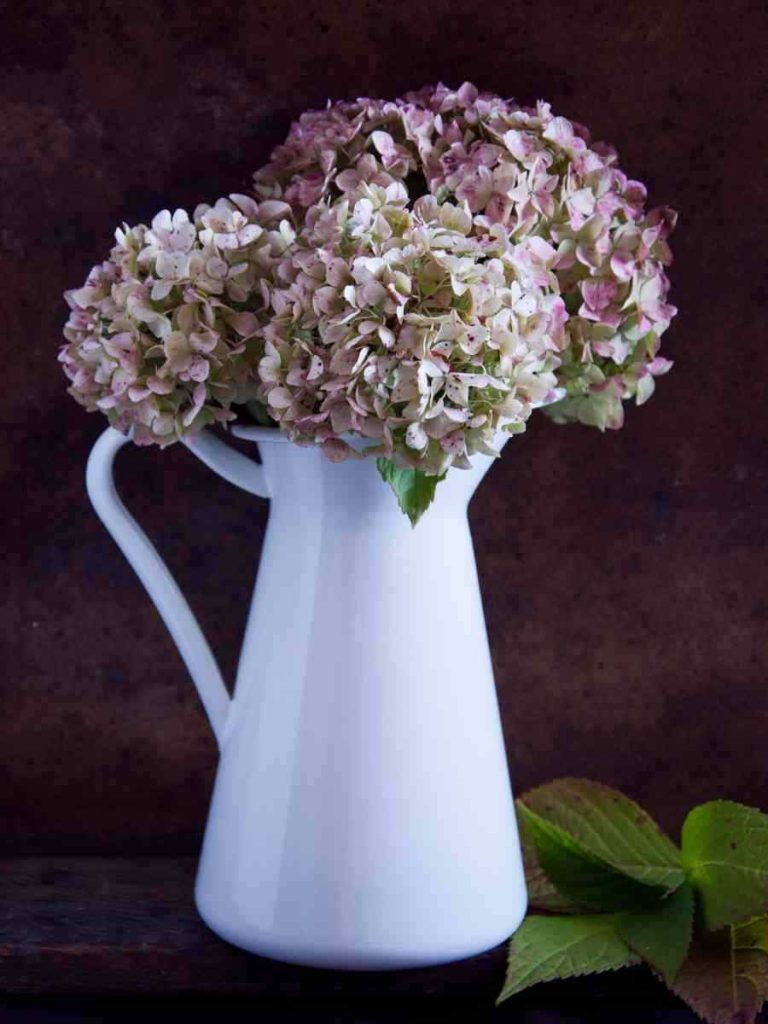
Florissa’s Choice:
Check out two of our favourite hydrangeas, Hydrangea paniculata Fire Light featuring amazing pink blooms, and Hydrangea macrophylla Everlasting Amethyst with flowers that range from solid green to fuchsia! Read more on our blog Hardy Shrubs You Need in Your Garden.
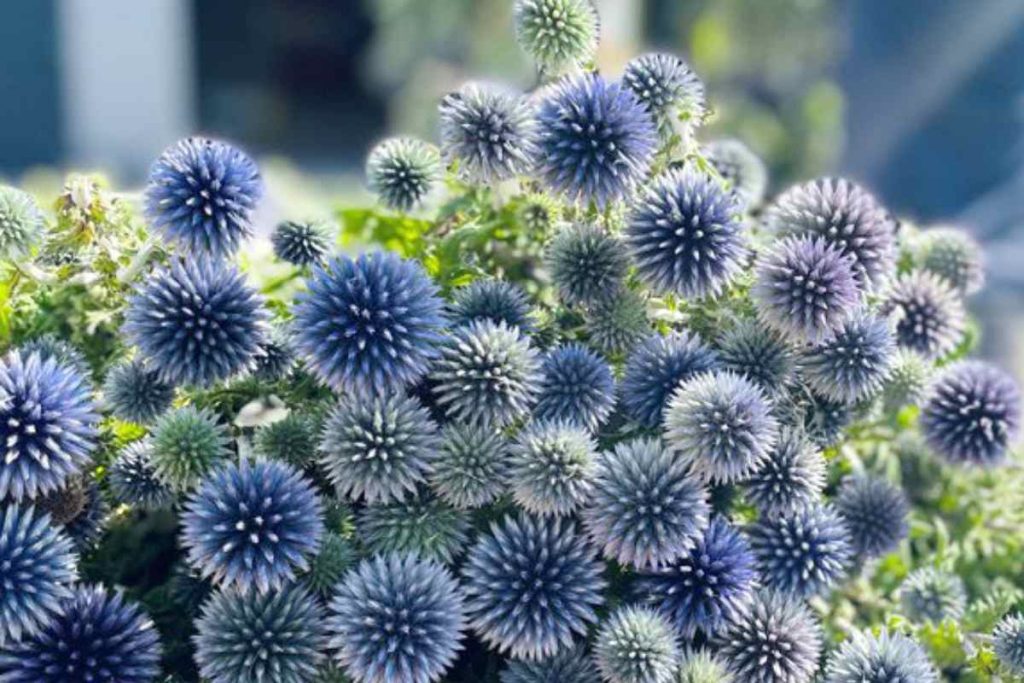
Echinops (Globe Thistle)
One of the biggest reasons why Echinops is becoming popular as dried flowers is because of their exceptional durability, with very strong stems and robust flowers. Unlike fresh flowers that tend to wilt and lose their beauty after a short period, dried Echinops can last for years without significant changes in colour or texture. These flowers come in a wide range of shades of blue, ranging from pale to electric blue, making them ideal for a variety of interior design styles, including rustic or modern. To harvest for drying, you should ideally wait until the flowers start to dry on the plant, but before the seed heads open. Once the seed heads start to open, the flowers will begin to drop and won’t last as long as dried flowers. A good time to check for maturity is in mid to late summer.
There are endless floral and accent varieties perfect for drying. Try common varieties such as eucalyptus and gypsophila – Baby’s Breath to gorgeous grasses such as pampas – Cortaderia and fountain grass – Pennisetum. Explore the endless possibilities! Looking to add a colourful feathery charm? Choose astilbe! To add sturdy pops of bright colours, look no further than the always-popular echinacea. Achillea will infuse bright clusters of petite blooms into your dried flower arrangements. Each of these will be highly enjoyable in the garden – and great varieties to transfer into your home as a lasting floral art.
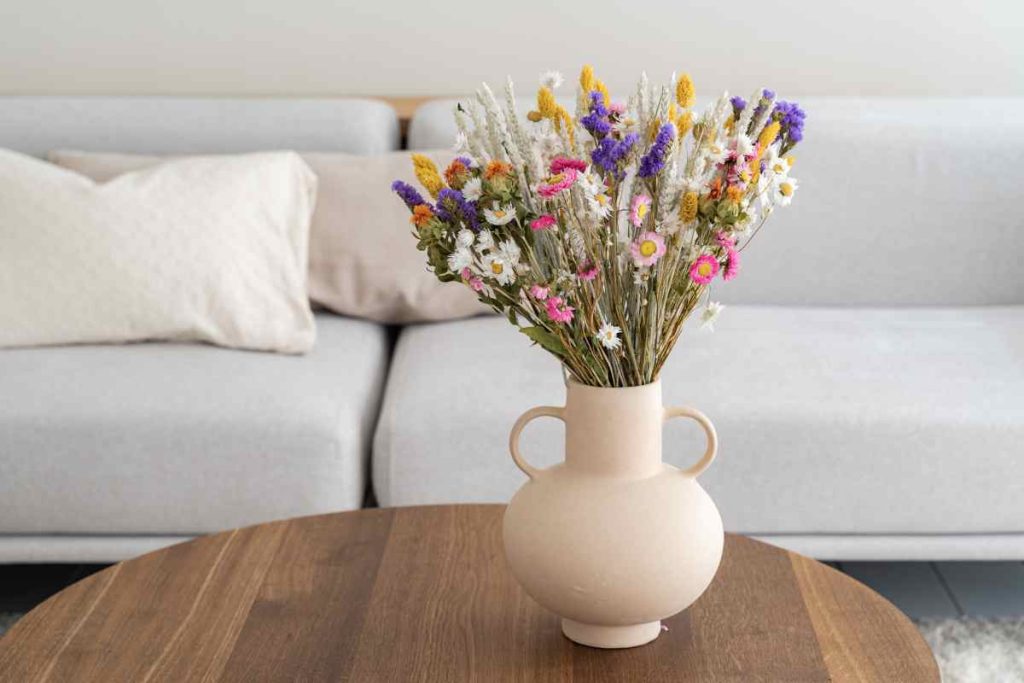

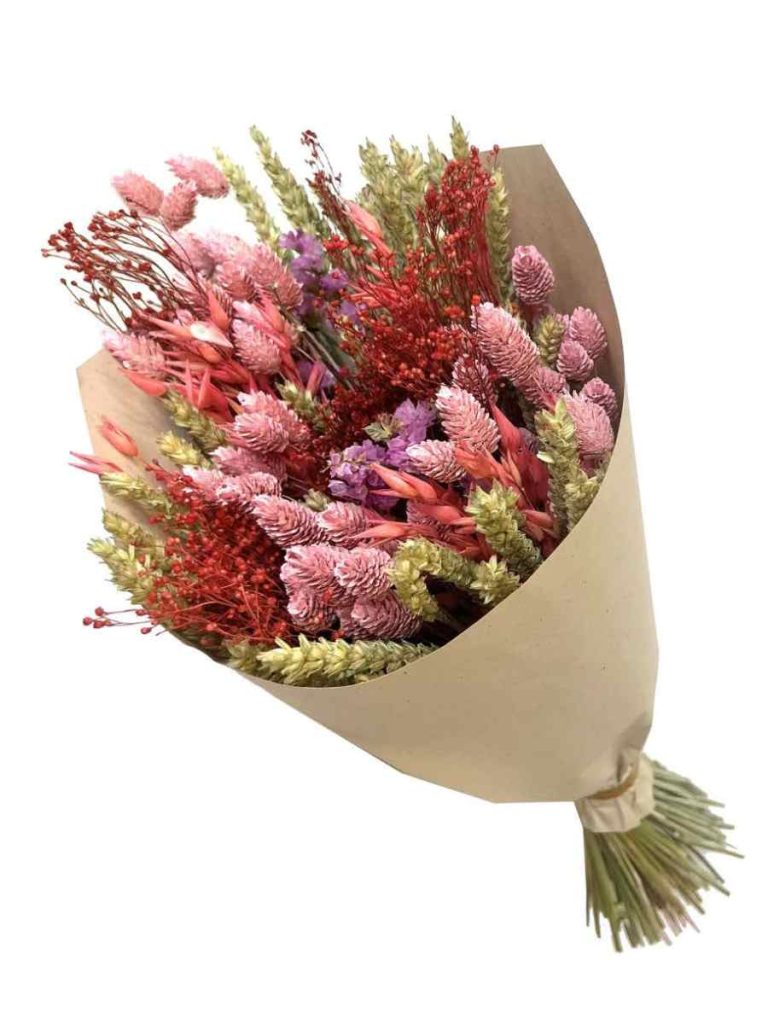
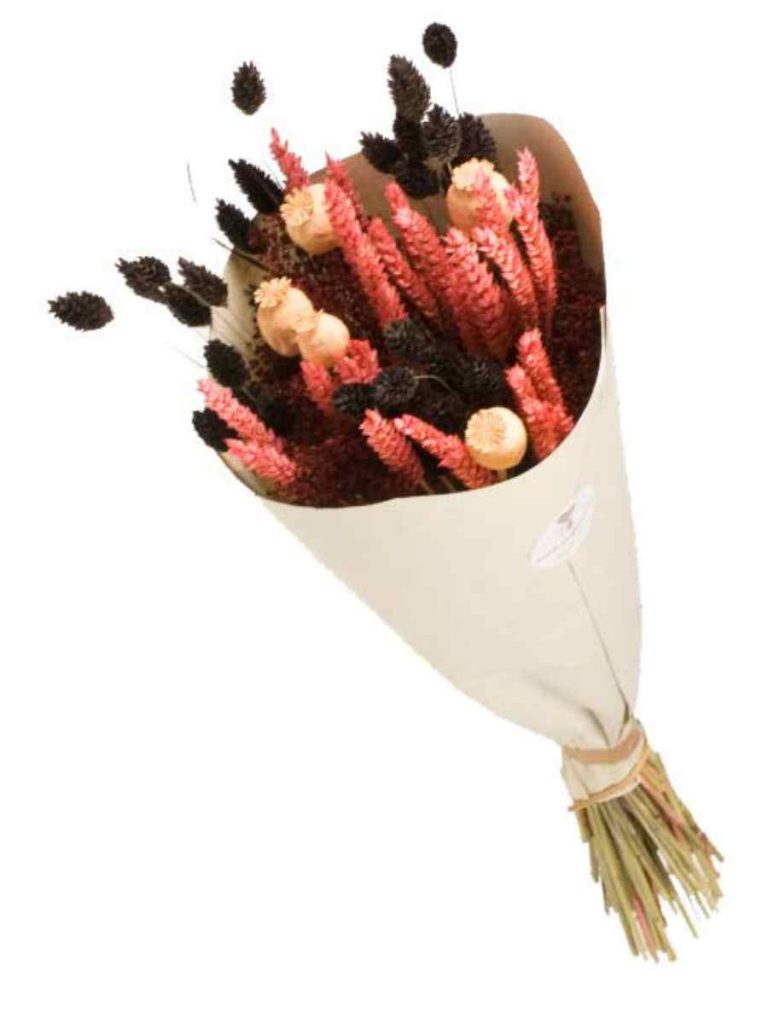
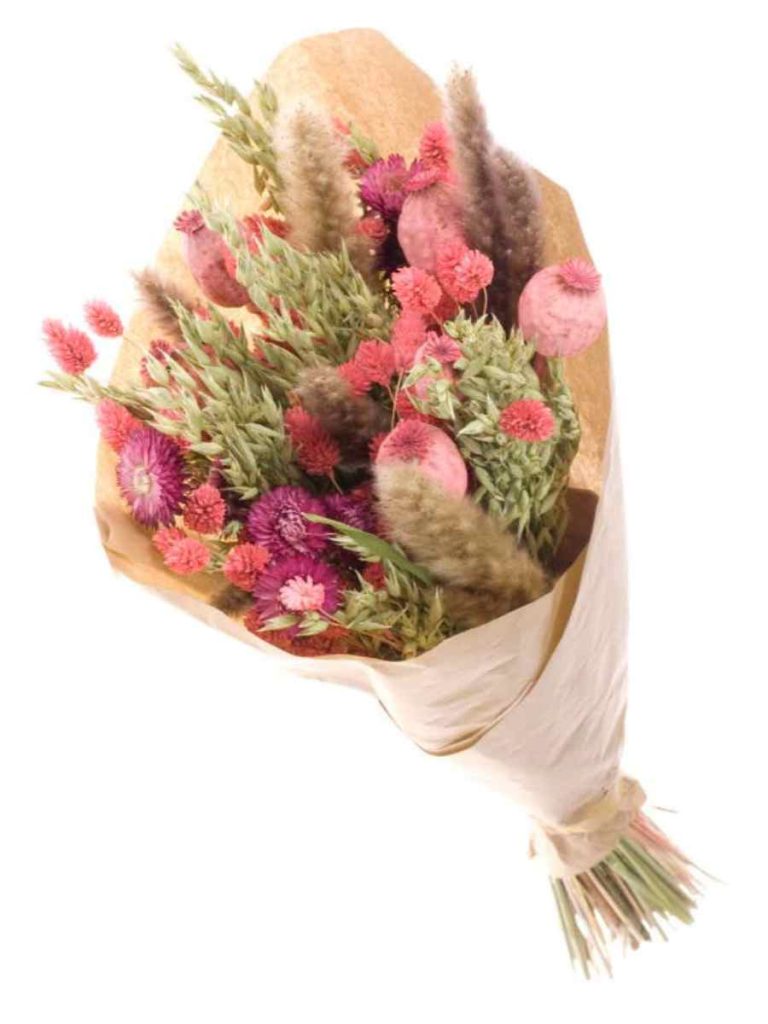

How to Dry Flowers
Air Drying
Air drying is the most common way to dry flowers because it is easy and requires little effort. To air dry flowers, you should start securing 8-10 flowers with a twist tie or rubber band and hang them upside down in a cool, dark, and dry place. The bundles should also be kept apart so that the air can circulate around them. When drying flowers using this method, it is important to keep an eye on the flowers and remove those that are not drying properly. Air drying should take approximately 2-3 weeks.
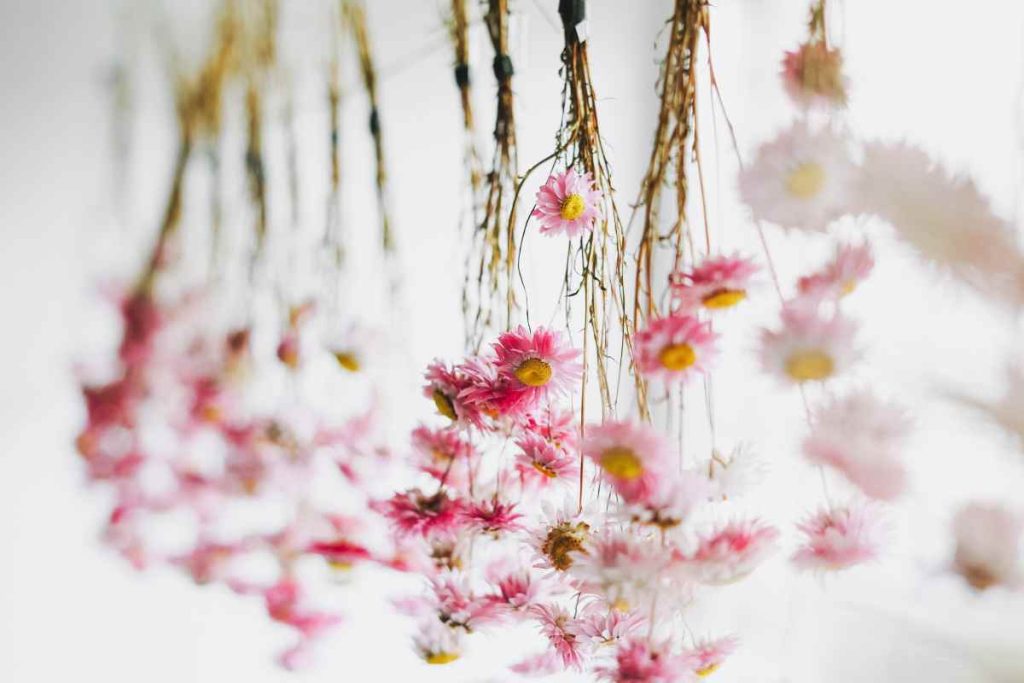
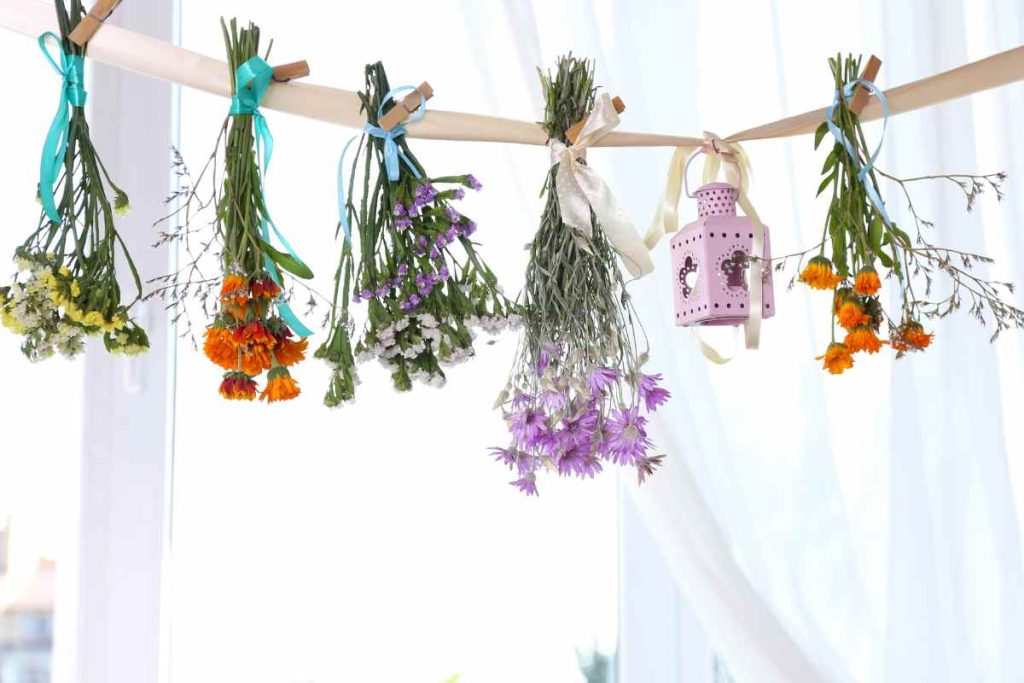


Silica Gel
Silica gel is a great way to dry flowers because it allows you to preserve the colour and shape of the flower. This method is great for flowers like dahlias, calendulas, and forget-me-not-myosotis. With the silica gel method, you will need to purchase silica gel, which is a crystal-like substance that absorbs moisture. You then place the flowers in a container with silica gel and let them sit for a few days or until completely dry. One downside to using silica is that it is quite expensive, however, you can reuse silica.
Tip:
To save money, use silica packages found in various clothes, shoes, and electronic packaging. There are many different products that come with silica packages. Keep an eye out and collect them for drying flowers!
Pressing
Pressing is another method for drying flowers as it allows you to preserve the flower’s shape and colour, albeit in a two-dimensional format. This method is great for flowers such as pansies, daisies, and violets. To press flowers, you place them between wax paper or a non-glossy paper towel and then sandwich them between two heavy objects. You can place a book on top and let them sit for several days or until they are dry. This method works well for those who want to use dried flowers for scrapbooking, framed arrangements or in soaps and bath bombs.
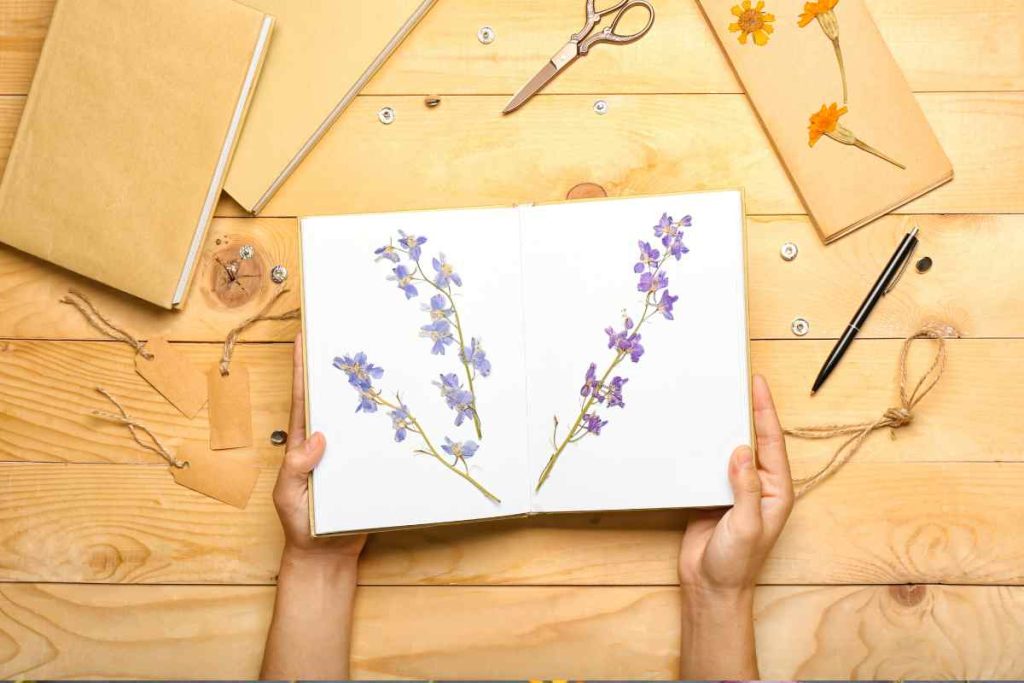
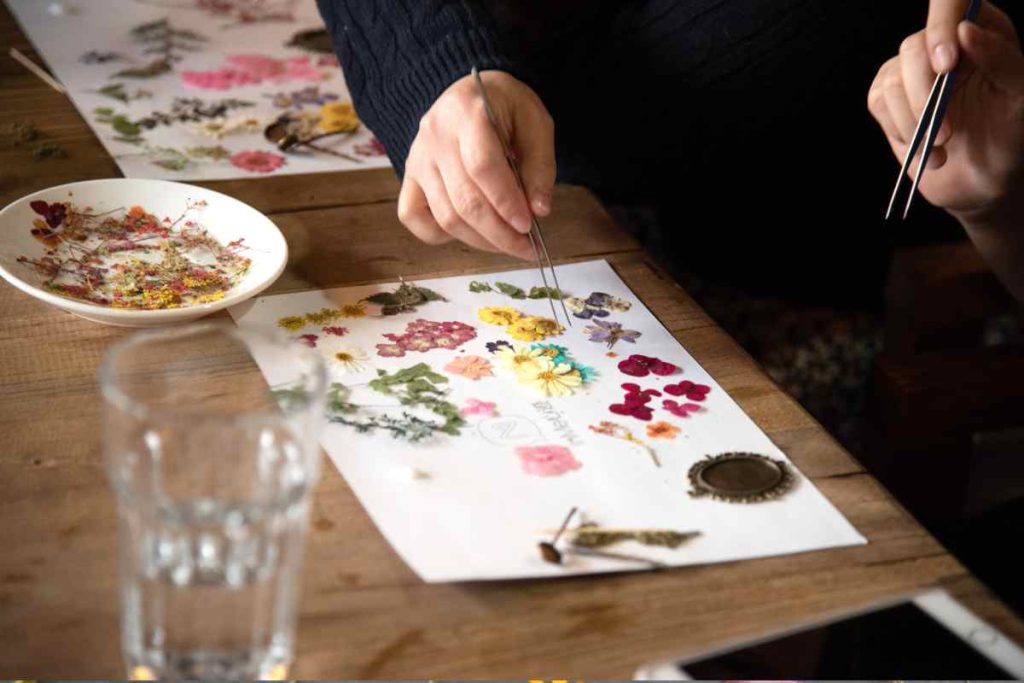
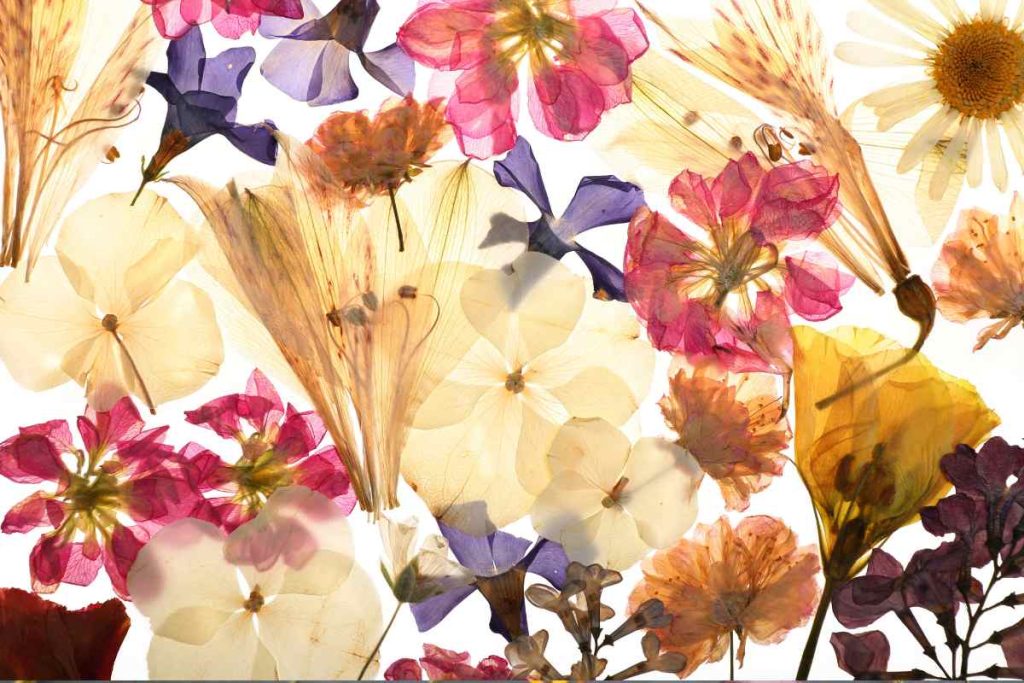

Oven Drying
In this method, you place the flowers on a baking sheet and let them bake in the oven at a low temperature of around 100-110°F degrees for several hours or until dry. This method works well for those who want to dry a large number of flowers in a shorter amount of time.
Dehydrating
The ideal temperature for drying flowers in a dehydrator is somewhere between 95°F to 110°F. If your dehydrator has a thermostat, adjust it to the optimal setting for the flowers you want to dry. Use a non-stick surface like parchment paper or place your flowers directly on the dehydrator racks. Make sure you don’t overcrowd the flowers, so they dry uniformly and quickly. Check your flowers every couple of hours until they are dry. The drying time varies depending on the type of flower, but as a general rule, most flowers dry within two to four hours. You can tell when a flower is ready by touching it lightly. If it feels crispy, it’s dry, but if it feels too soft, it’s not quite there yet.


Care for Dried Flowers
To keep your dried flowers looking their best, keep them out of direct sunlight. Dried flowers, just like other decorative elements, can collect dust over time. To keep them looking their best, use a soft-bristled brush or a hairdryer on low heat to gently remove any dust that may have accumulated on the petals. Dried flowers are delicate and can be easily damaged. When handling them, be gentle and use caution to avoid bending or breaking the stems. If you need to move or rearrange them, use a pair of tweezers or floral wire to make sure you don’t damage or break the stems.
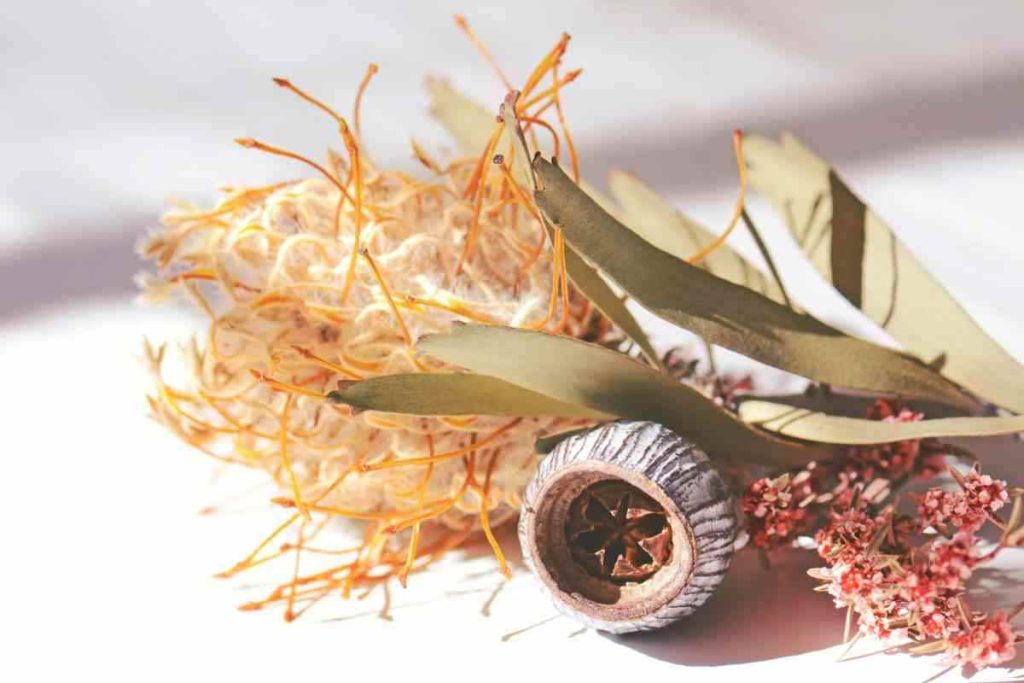

Protective Spray
If you want to keep your dried flowers looking their best for an extended period, you may want to consider applying a sealant. A spray or fixative can help protect and preserve your flowers from fading and help prevent dust and debris buildup. An acrylic spray which artists use to preserve canvas will provide a protective seal, so your flowers won’t fade in the sun. This type of spray can be found at your local arts and crafts store. Remember to always spray your flowers in a dry, well-ventilated area. Apply several light coats of the spray to each flower, allowing the spray to dry between coats.
When the season to harvest flowers for drying has passed, or if you don’t have blooms to dry, visit your local garden store! Many stores have gorgeous arrangements of dried flowers. They can even give you inspiration for what to dry and how to arrange flowers in the future!
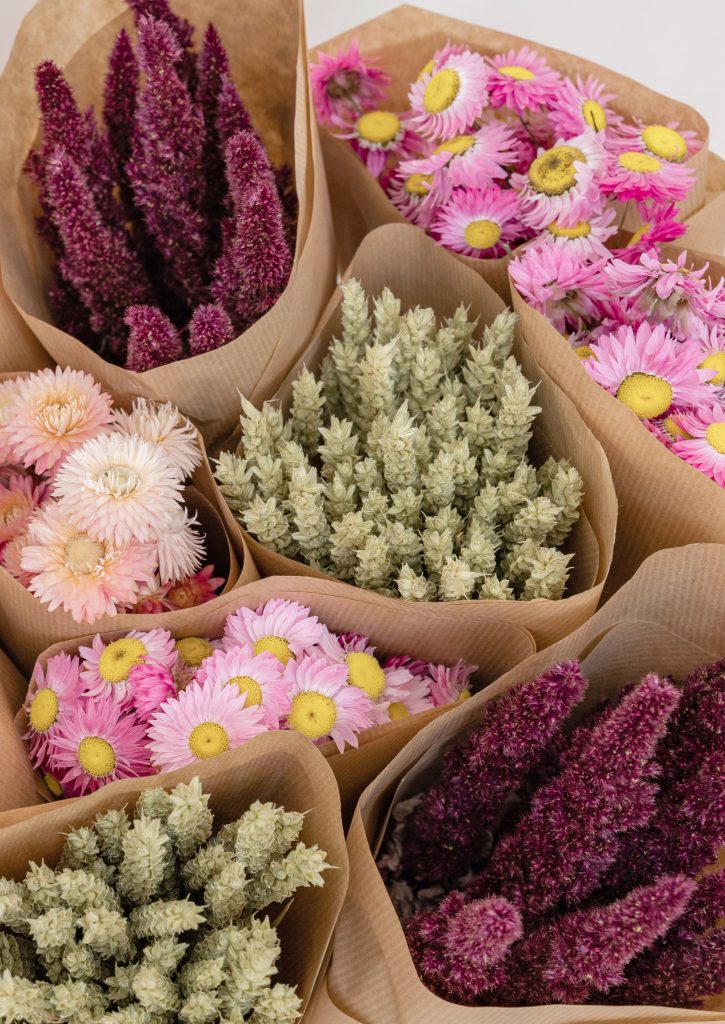

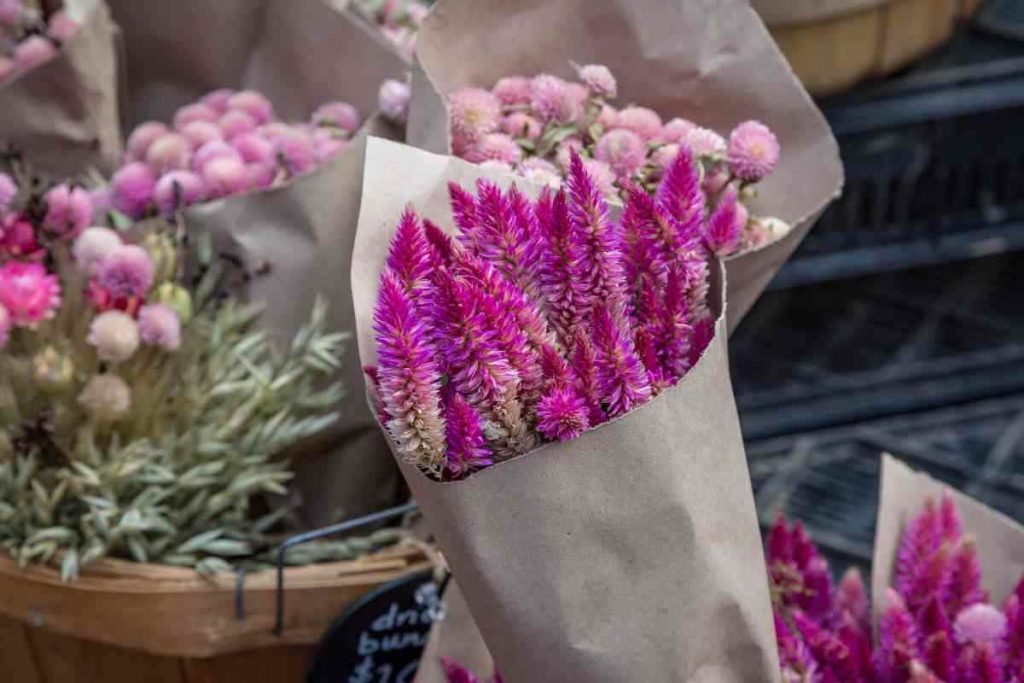
Dried flowers offer a world of possibilities for decor and well-being. With the numerous benefits of dried flowers and the wide selection of flowers that stand up to drying processes, it’s hard to miss out on incorporating them into your daily life. So, why not try dried flowers? Bring a touch of nature into your home today and relish the many benefits dried flowers offer!


